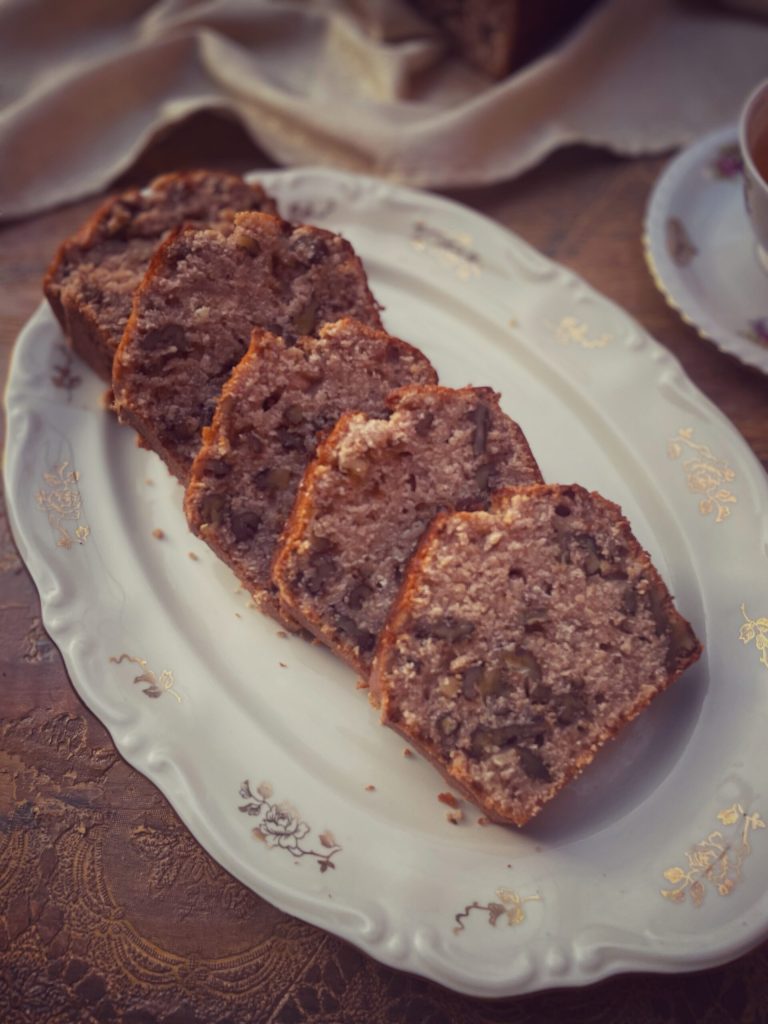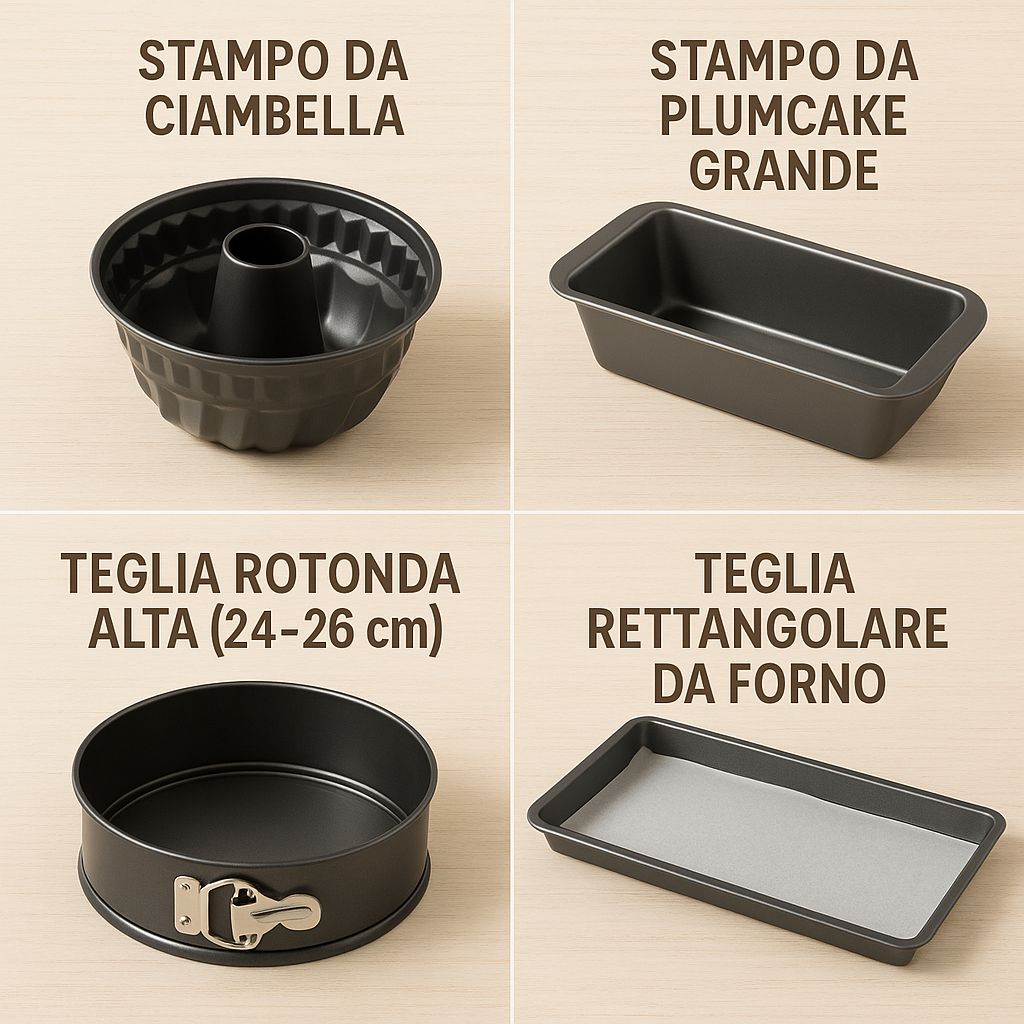The potica is one of the most emblematic Slovenian confectionery specialties, traditionally prepared during holidays such as Easter and Christmas.
The most classic version is the orehova potica, or potica with walnut filling.
The dough is that of the Triestine pinza or gugelhupf and is made by mixing flour, sugar, butter, eggs, honey, milk, yeast, salt, and vanilla.
Povitica comes from the verb ‘poviti’, which means to wrap, and refers to a type of dough that is rolled. This type of dessert is common in many Eastern European countries and regions bordering Slovenia, such as Friuli Venezia Giulia, where they prepare two similar desserts: gubana and presnitz, and Austria, where they prepare the Kärntner Reindling, from Carinthia.
Other similar rolled desserts include: the Hungarian bejgli, the Yiddish rugelach, the Turkish nokul, the Polish makowiec, the Serbo-Croatian orahnjača or orechovník.

- Difficulty: Medium
- Cost: Inexpensive
- Rest time: 1 Hour
- Preparation time: 15 Minutes
- Portions: 8 People
- Cooking methods: Oven
- Cuisine: Eastern European
- Seasonality: Easter, Christmas
Ingredients
- 4 cups flour
- 1.1 oz baking powder
- 5 tbsp sugar (+ 1 teaspoon)
- 2 eggs
- 7 tbsp butter (melted)
- 1 pinch salt
- 1 cup milk
- 1 packet vanillin
- 1/2 cup milk
- 6 tbsp sugar
- 1 tbsp honey
- 9 oz walnuts
- to taste cinnamon
Tools
- 1 Mold for potica
Steps
Dissolve the yeast in some warm milk with a teaspoon of sugar and let it rest for 10 minutes.
In a large bowl, mix the flour, sugar, vanillin, and salt.
Add the egg yolks, melted butter, and activated yeast. Gradually pour in the warm milk and knead until a smooth and elastic dough forms.
Cover with a cloth and let rise in a warm place for about 1 hour, or until doubled in volume.
Bring the milk to a boil with the sugar and honey.
Pour the hot mixture over the ground walnuts and mix well.
Add cinnamon, if desired.
Let it cool slightly, then gently fold in the beaten egg whites.
Roll out the dough on a floured surface into a thin rectangle.
Spread the filling evenly over the dough, leaving a free edge of about 3/4 inch.
Roll the dough from the long side, forming a tight roll.
Place the roll in a greased potica mold (potičnik).
Cover and let rise for another 30 minutes.
Preheat the oven to 356°F.
Bake the potica for about 50-60 minutes, or until the surface is golden and sounds hollow when tapped.
Remove from the oven and let cool in the mold for 10 minutes, then unmold and let cool completely on a wire rack.
FAQ (Questions and Answers)
What can I use if I don’t have a potičnik mold?
If you don’t have the traditional potica mold (potičnik, similar to a kugelhupf or bundt cake mold that you can purchase HERE), you can use:
A bundt cake mold (Bundt cake):
– It’s the closest substitute to the original.
Large loaf pan:
– Place the rolled dough linearly. It will be in the shape of a loaf, but the taste remains the same.
Deep round baking pan (9.5–10 inches):
– Roll the potica and form a spiral inside the pan.
Rectangular baking sheet:
– Lay the roll flat, or cut it into “swirl” pieces and bake like cinnamon rolls.
Tip: Grease the mold well, and if it’s not non-stick, lightly flour it or line with parchment paper.

